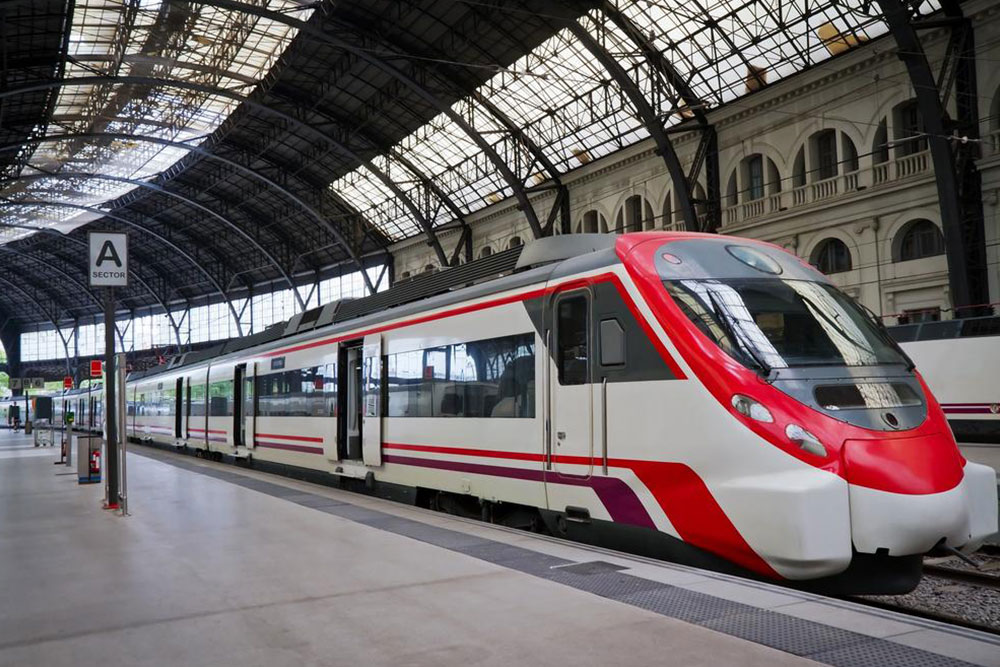The evolution of AMTRAK
AMTRAK is a privately-owned passenger railroad corporation catering to the needs of the general public. The National Railroad Passenger Corporation, also known as AMTRAK, plays a significant role in uniting America one railway track at a time. AMTRAK happens to be a combination of two words: America and Track. The AMTRAK operates around 300 trains every day and caters to over 500 destinations.

A walk down memory lane
- The good ol’ times: In the 1920’s, demand for railway services was at its peak. More and more people were choosing rail transport over other alternatives such as ships. But as time went by, many inventions started revolutionizing the world. Out came the automobile. Later came a bigger version of the automobile: the bus. As one didn’t have to go all the way to the railway station and since fares for automobile transport were significantly lesser than that of rail transport, a lot of people started choosing cars and buses over the once-popular trains.
- World War II: The onset of World War II proved to be pretty profitable for train companies, as railway transport was the preferred mode of transportation for troopers. However, after the war came to an end, the redemption of railroad services was very short-lived as demand for passenger rail services started to decline again.
- Post War: There were fewer people interested in traveling by trains and as a result, there were fewer trains too. The entire concept of railroad transportation was losing popularity and in the 1960s the end of the passenger rail service seemed very plausible.
Bankruptcy
Later rolled in the bankruptcy issues. With lesser passengers every day, lower profits were registered and many huge private passenger railroad companies declared bankruptcy. This was then that Congress passed the Rail Road Passenger Service Act in 1970 along with the consent of the National Association of Rail Road Passengers. It was to fund passenger railroad companies to prevent the extinction of this public service.
The birth of AMTRAK
The result was the National Railroad Passenger Corporation which was a private-public hybrid corporation. This organization would receive taxpayers’ money for its operation. Railpax was the initially decided name for this newly conceived corporation. But the name changed to AMTRAK shortly before operations began. One interesting feature was the provision for existing railroad companies to merge into AMTRAK in exchange for stock. A lot of the then existing intercity service providers decided to take up this negotiation and dissolved into AMTRAK. AMTRAK received a lot of criticism, and this merger idea was expected to be short-lived, but AMTRAK proved its doubters wrong.
Bad times and good times
The 1970s are sometimes referred to as the rainbow era as multi-colored AMTRAK trains soon emerged. There were many problems initially related to rerouting trains, purchasing more locomotive and maintenance. AMTRAK had a breakthrough when it acquired right of way (in the railway world: the ability to take over another person’s land for laying down track). Amidst all these developments existed a massive problem: lack of self-sufficiency. George Warrington was elected president of AMTRAK in 1998 and helped it turn into a self-sufficient enterprise.
The present
Now in the 21st century, after a myriad of advancements made in the railroad industry, AMTRAK is a billion-dollar corporation. People are reportedly choosing AMTRAK over buses and even flights because of the superb hospitality, increased cabin space and lesser fares. Features like free Wi-Fi, no baggage fees, and awesome food makes AMTRAK the go-to mode of transport for most commuters. AMTRAK also provides the provision for its customers to sign up for Guest Rewards which is similar to frequent flyer cards in airplanes.
AMTRAK is receiving worldwide recognition for its exceptional services and puts America right on the map regarding public transport facilities.


